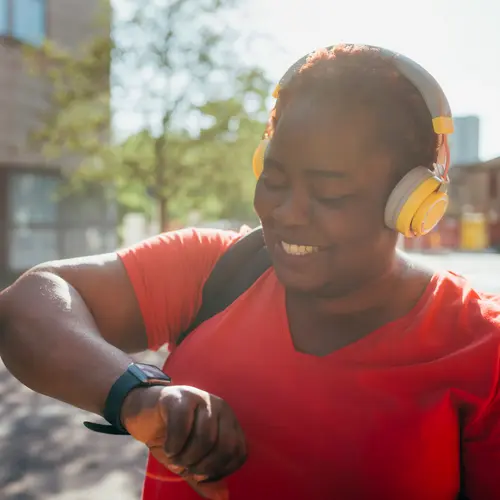Nov. 14, 2024 – Men continue to be more likely than women to be diagnosed with diabetes in the U.S., according to new data.
In 1990, the rate of type 1 or type 2 diabetes among men and women was about 7% for both genders. By 2022, the rate among U.S. women rose to 11.4%, but the rate among men is now nearly 13.6%, according to new data published by the prominent medical journal The Lancet.
The researchers reported that diabetes rates have doubled worldwide, and the chronic conditions now affect 14% of people globally. The biggest increases happened in low- and middle-income countries. India and China have the most adults with diabetes, and the U.S. ranks third, with 42 million. Worldwide, the diseases affect more than 800 million people.
Diabetes is the name for metabolic conditions that affect the hormone called insulin, which regulates blood sugar levels. The new calculations are an important measure not only of just how many people need treatment for the conditions, but also because diabetes puts people at lifelong risk of other serious health problems like kidney damage, heart attacks and strokes, and blindness.
The researchers estimated that 65% of women and 67% of men in the U.S. who have diabetes were taking medication for it in 2022. Belgium had the highest rate of treatment, with 86% of women and 77% of men who have the disease taking medication.
The study is considered the first global analysis of diabetes rates and treatment rates to include data from every country, according to a news release sent to reporters by The Lancet. The study was done by an international scientist group called the NCD Risk Factor Collaboration, in partnership with the World Health Organization. The data came from 140 million adults in more than 1,000 previous research studies.
The researchers defined diabetes as “having a fasting plasma glucose (FPG) of 7.0 mmol/L or higher, having a glycated haemoglobin (HbA1c) of 6.5% or higher (two commonly used diagnostic criteria options for diabetes according to modern guidelines) or taking medication for diabetes. Treatment was defined as taking medication for ‘diabetes,’” the news release said. The researchers couldn’t distinguish people with type 1 diabetes from those with type 2 in the data but said that the vast majority have type 2.
These latest U.S. diabetes figures are like those for diagnosed adults that were recently published by the CDC, which estimates that nearly 16% of people in the U.S. had type 1 or type 2 diabetes as of August 2023. The agency reported that 11.3% of adults in the U.S. had diagnosed conditions, and 4.5% were undiagnosed.
The new figures likely don't reflect any impact from the rising use of GLP-1 drugs for diabetes, such as Ozempic and Mounjaro, since the drugs were unlikely to have been widely used during the study time frame, the Lancet news release said.
Some countries charted very large changes between 1990 and 2022, with the greatest change in rate of diabetes seen among women in Pakistan, which jumped from 9% in 1990 to 31% in 2022. Some of the smallest increases seen among both genders were in Western Europe and East Africa.
In 2022, diabetes rates were just 2% to 4% among women in France, Denmark, Spain, Switzerland, and Sweden. Among men in 2022, diabetes rates were 3% to 5% for those living in Denmark, France, Uganda, Kenya, Malawi, Spain, and Rwanda. Japan, Canada, and some Western European countries saw no change or even a small decrease.
"Given the disabling and potentially fatal consequences of diabetes, preventing diabetes through healthy diet and exercise is essential for better health throughout the world,” study co-author Ranjit Mohan Anjana, MD, of India’s Madras Diabetes Research Foundation, said in a statement. “Our findings highlight the need to see more ambitious policies, especially in lower-income regions of the world, that restrict unhealthy foods, make healthy foods affordable and improve opportunities to exercise through measures such as subsidies for healthy foods and free healthy school meals as well as promoting safe places for walking and exercising including free entrance to public parks and fitness centres.”
